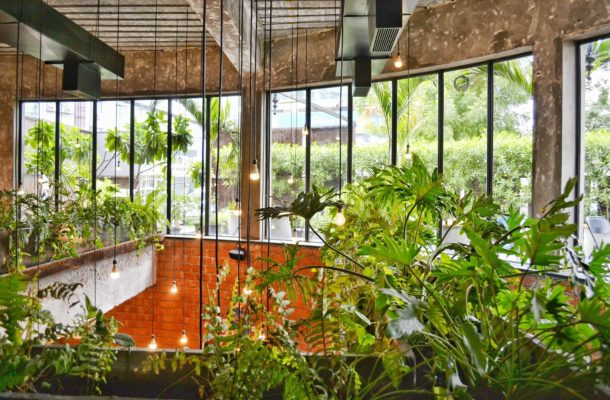Going green with sustainable construction

All those involved in construction business, either as professionals or homeowners who wish to make their houses more energy-efficient, have been paying a lot of attention to sustainability of their projects for quite some time now.
The reasons are simple. Namely, not only do we want to reduce the negative impact on the environment, but we are all very happy when we can save some money along the way.
However, there are several considerations we need to make, and quite a few tips from experienced experts that we should follow. Here are the most important ones, which should help us build much more environment-friendly homes and other structures.
Choose your materials carefully
One of the first things you should pay attention to is the construction material you’re going to use. It is estimated that around a half of non-renewable resources is used in traditional construction. This is a great problem for the environment, and we should strive to find suitable eco-friendly replacements and alternatives.
Let’s start with natural stone, which is known for its durability and a beautiful visual appeal. It is a great solution for construction elements, décor and insulation cladding.
Next on the list is wood, which is a natural material, but you need to be careful what type of timber you use, since not all options are eco-friendly. Admittedly, some trees take much longer to reach maturity and if you used those, you’d be affecting the environment more. Instead, look for the options whose life cycle is shorter, but which provide a similar type of quality.
Finally, there is the good, old brick. Just as flexible and durable as stone, it provides an excellent alternative if you really want to go green with your home.
Insulation is the key
We all know how important insulation is when it comes to energy-efficiency. What many people don’t realise, however, is that regular insulation materials contain toxins, such as chemicals and various additives.
That’s why experts have been coming up with different eco-friendly options, which include natural materials, such as wood, wool, cellulose and hemp. Naturally, these materials have to be treated before they are used as insulation, but the effect is definitely worth the effort.
You can do a lot of insulation work yourself if you follow the instructions on the Internet. Even if you don’t have the right equipment, you can simply rent mobile scaffolding or any other item, instead of paying for something you won’t need very often, or perhaps ever.
It goes without saying that the choice of insulation material will depend on many factors, and you should probably consult an expert, who can help you choose the best alternative.
Heating, ventilation and air-conditioning
It’s a staggering fact that around 50% of building’s energy consumption is accounted for by the HVAC system. That also means that any saving and improvement in that system can reflect significantly on the amount of energy used and money spent on utility bills.
Luckily, numerous breakthroughs in technology and science have made it possible for us to use passive radiant and solar heating, for example, to regulate the indoor temperature. Also, when buying the elements needed for the system, make sure you opt for those that consume the least energy, but are in the price range you can afford.
Lights
With so much money and energy being wasted on providing enough light, it’s time to reconsider your needs and options. Ideally, you’d like to get as much direct, natural sunlight as possible, but that is not always a viable option.
What you can do, on the other hand, is replace old light bulbs with LED ones. Light emitting diodes (LEDs) use much less energy, last much longer, and are generally the most popular option. They do cost a bit more than traditional incandescent light bulbs, but since they are far more durable and consume much less energy, it’s an investment that pays off quite quickly.
Storm-water management
It’s also quite important to be able to prevent erosions and/or floods brought about by downfalls of rain or snow. In order to do this, you have to turn to landscaping and create such an environment that can sustain huge amounts of water.
With plants planted around your home, for example, you’re helping the soil absorb more water, and that water is later purified as the storm-water passes through the greenery and the soil. Also, having plants, either in pots or in the ground around the house, will significantly improve the air quality and provide much-needed shade during extended sunny spells.
As you can see, if you really want to go green with construction, you have to look at a lot of different aspects.
Still, every effort you make with this aim in mind is worthwhile, and there is no excuse for not trying to make your home more eco-friendly, especially with so many new, green technologies, which help our residential and commercial buildings lower their ecological footprint and improve the chances of preserving our planet.
After all, if we don’t take care of it, no-one else will.
Amelia Atkins is an author at Smooth Decorator and a fresh architecture student. The love for architecture and design runs in her family and she knew what she wanted to do from a very young age. You can often find her with a notepad in hand, just looking at the clouds, dreaming about the next skyscraper.











